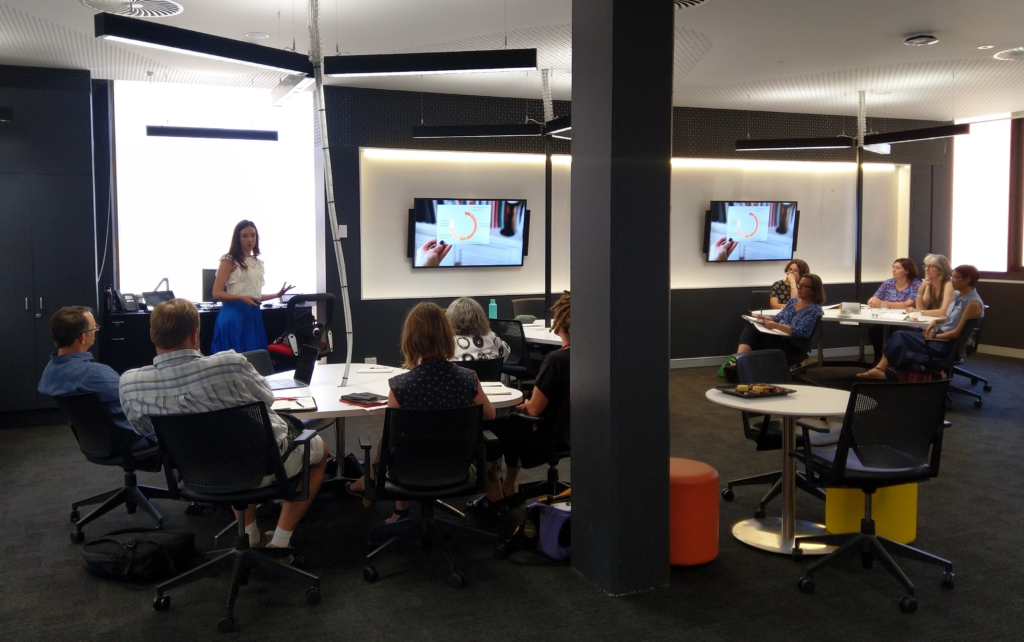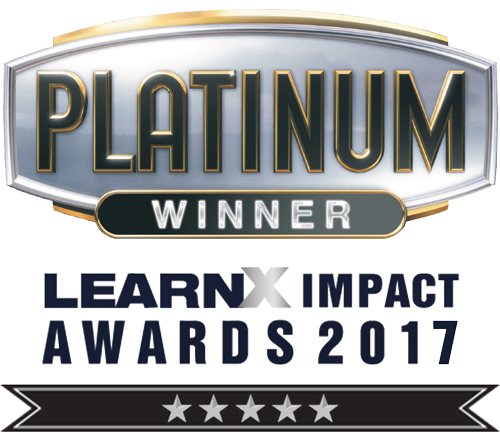On the 30th January the Vocational Education Design Team’s VE Assessment Lead Haley Gunn and Assessment Writer Janet McHardy travelled to RMIT’s Bundoora campus to attend a meeting held by the Learning and Teaching Community of Practice group.
Speakers Dr Jess Danaher from the School of Science and Associate Professor Sophia Xenos from the School of Health and Biomedical Sciences discussed the innovative ways that they are approaching assessment in their courses.
Dr Jess Danaher spoke about allowing choice for students when it comes to assessments. This could include negotiating the modality or format of the assessment used to collect evidence of the student’s competency. Examples include a presentation; the student choosing to frame it as a pitch meeting to a brand sponsor or a how-to demonstration. Or a student creating a set of blog posts rather than undertaking a traditional literature review.
Other examples include students helping to develop questions that may be included in the end of semester exam, narrowing that down to five appropriate options and drafting an appropriate answer. This approach helps to develop student problem-solving skills as well as helping them to prepare for the exam.
Dr Danaher’s talk of embracing creativity in assessments and building them into delivery rather than a ‘bolt on’ approach, or something that just happens at the end, continues to support our VEDT model of co-design with SMEs. There is a focus on the student experience and making assessments valuable and ‘fun’ rather than a ‘have to’ or something to be feared.
Dr Danaher’s key takeaway was to try different things and to not be afraid of assessments. She suggested that these techniques could lead to greater student satisfaction.

Associate Professor Sophia Xenos spoke about assessments involving work placement where students generally don’t receive feedback until the end of the process. She suggested that feedback should take place in the middle of the placement so that the students receive feedback and have an opportunity to put that into practice.
An example Associate Professor Xenos put forward was taking the history of patients in a medical context. The rubric might suggest ‘communication with a patient’ as a measure of assessment, but it would be more effective to have a specific breakdown of what communication skills are actually being assessed, especially when this can relate to patient safety.
Associate Professor Xenos stated that things don’t have to be done the way they have always been and was excited about the idea of trying new things when it comes to developing assessments.
Both speakers discussed the importance of closing the gaps in the assessment process. Dr Danaher called it closing the learning loop, while Associate Professor Xenos called it the feedback loop; referring to the often-missing last step in the assessment cycle, reflection. The process should allow the student time to reflect on the assessment results and feedback, and to think about what could be done better next time.
At intervals during the presentation the attendees broke into discussion groups prompted by questions on the slides. These discussions sparked lively conversation between the attendees and Haley and Janet along with others stayed back to continue to share ideas.
While the examples and speakers were focused on the Higher Education sector, many of the key themes could be applied to the Vocational Education sector and be applied to the work the VEDT do in supporting schools design VE programs.
The two speakers were clearly passionate about the assessment work they are doing, this created an energetic buzz throughout the event and both Haley and Janet agreed that they left the event feeling uplifted about the innovative work being done in the assessment sector.
You can find out more or join the Learning and Teaching Community of Practice here or contact: learning.teaching.cop@rmit.edu.au.


